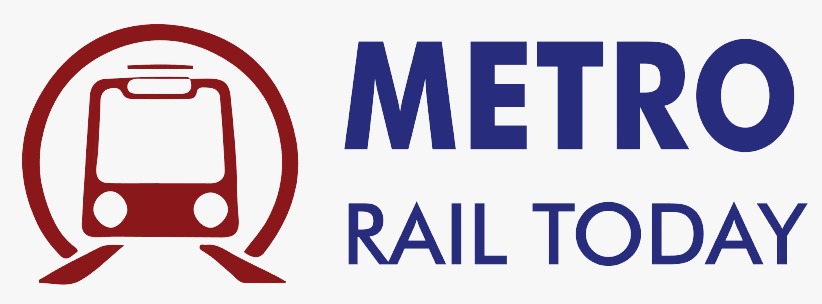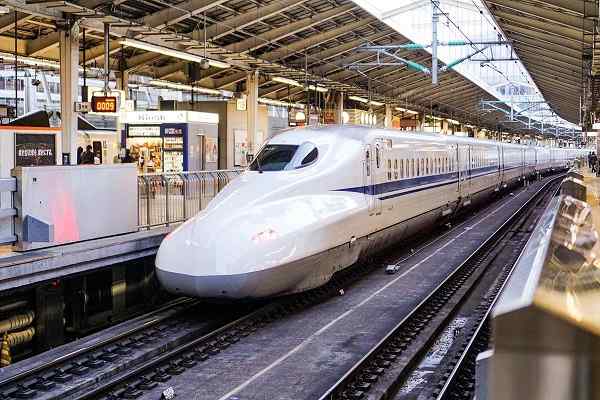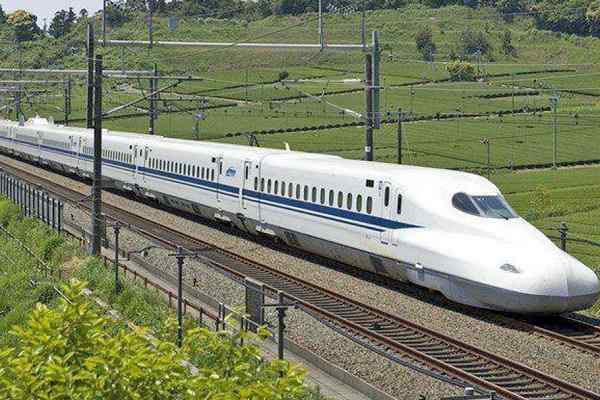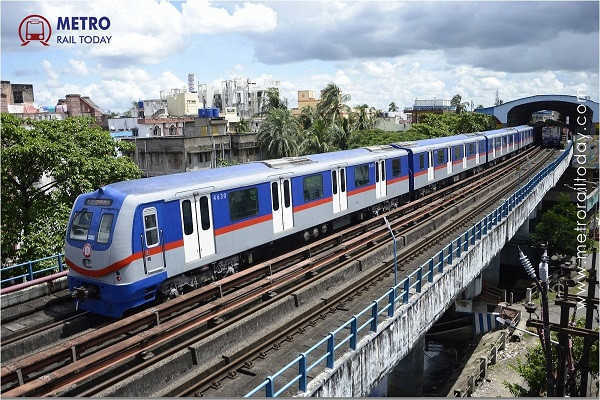 Know latest progress of Kolkata Metro Expansion, 20 km length stuck over land issues
Know latest progress of Kolkata Metro Expansion, 20 km length stuck over land issues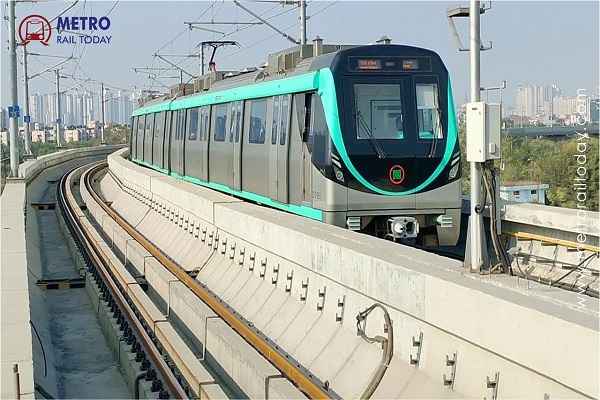 Ayesa India wins Design Consultancy Contract for Noida Metro Aqua Line Extension
Ayesa India wins Design Consultancy Contract for Noida Metro Aqua Line Extension Vossloh Cogifer bags Track Infrastructure Contract for Delhi Metro Phase 4 Corridors
Vossloh Cogifer bags Track Infrastructure Contract for Delhi Metro Phase 4 Corridors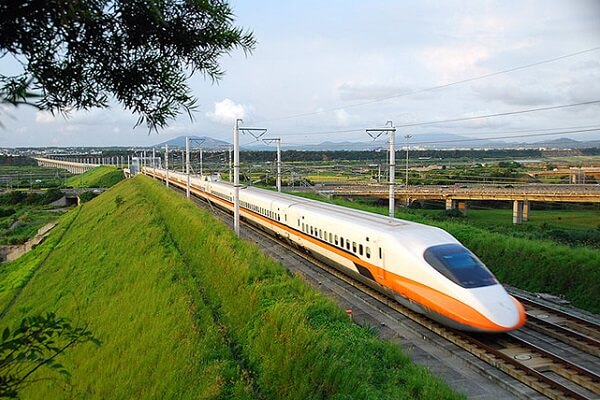 Railway finalised revised alignment for ₹16,000-crore Pune–Nashik Semi High-Speed Rail Corridor
Railway finalised revised alignment for ₹16,000-crore Pune–Nashik Semi High-Speed Rail Corridor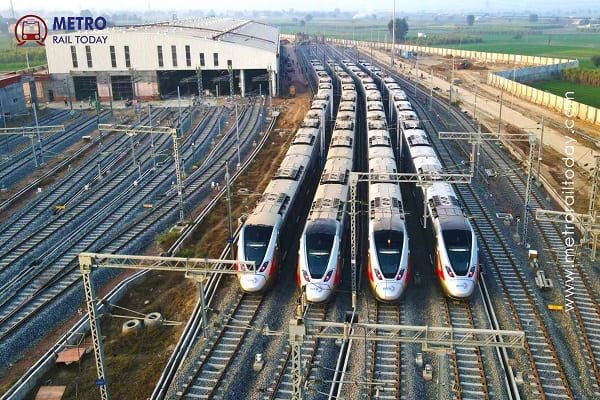 India’s First High-Speed, Signalling-Integrated CMV launched for Namo Bharat RRTS Corridor
India’s First High-Speed, Signalling-Integrated CMV launched for Namo Bharat RRTS Corridor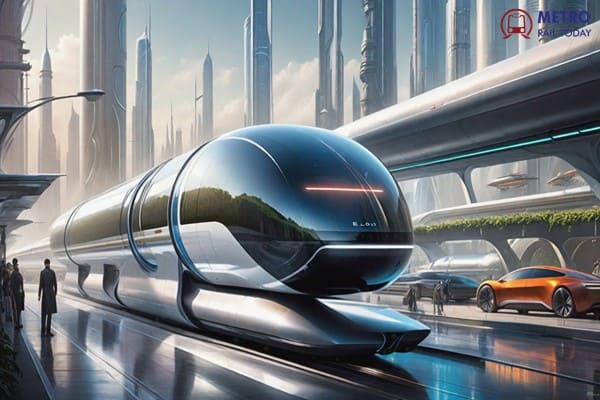 TuTr Hyperloop secures First-Ever Order from Deendayal Port Authority
TuTr Hyperloop secures First-Ever Order from Deendayal Port Authority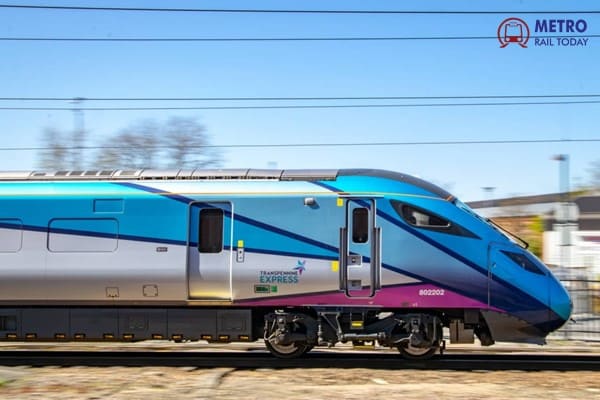 BEML bags ₹157 Crore Order from Loram Rail for Switch Rail Grinding Machines
BEML bags ₹157 Crore Order from Loram Rail for Switch Rail Grinding Machines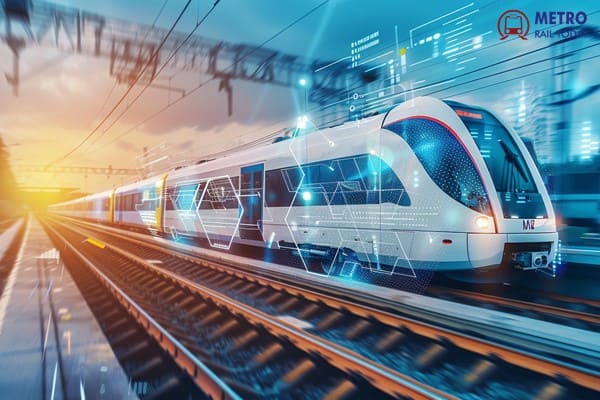 MxV Rail and KRRI forge Global Research Alliance to accelerate Next-Generation Rail Technologies
MxV Rail and KRRI forge Global Research Alliance to accelerate Next-Generation Rail Technologies Uttarakhand seeks Pre-Feasibility Study for Meerut-Haridwar-Rishikesh RRTS Corridor
Uttarakhand seeks Pre-Feasibility Study for Meerut-Haridwar-Rishikesh RRTS Corridor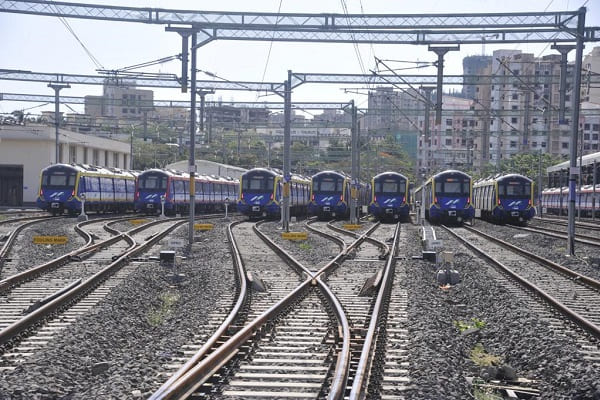 RIFTEK achieves major milestones in partnership with Indian Metro Rail Systems
RIFTEK achieves major milestones in partnership with Indian Metro Rail Systems
PM Narendra Modi reviews progress of Mumbai–Ahmedabad Bullet Train Project in Surat
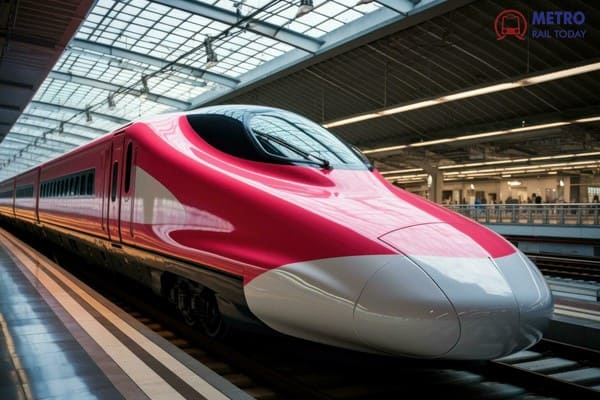
Surat, India (Metro Rail Today): In a significant push for India’s first high-speed rail project, Prime Minister Shri Narendra Modi on Thursday visited the under-construction Bullet Train Station in Surat, Gujarat, to personally review the progress of the Mumbai–Ahmedabad High-Speed Rail Corridor (MAHSR). The Prime Minister interacted with engineers, workers and project managers, urging them to document their technical learnings so that India can replicate bullet train systems on a national scale.
The visit comes at a crucial time as the 508 km corridor — India’s first bullet train line — rapidly advances with major civil works nearing completion across key stretches in Gujarat.
During his interaction, the Prime Minister asked the on-ground workforce about project timelines, construction targets and operational readiness. Workers assured him that the project is progressing smoothly without any major obstacles.
An engineer from Kerala, currently working at the Noise Barrier Factory in Navsari, shared her experience of using robotic welding units for rebar cage fabrication. Calling the opportunity “a dream project and a proud moment” for her family, she expressed deep pride in contributing to India’s first high-speed rail network.
Another project engineer, Shruti from Bengaluru, explained the rigorous design systems, detailing how every stage undergoes technical evaluation, solution mapping and engineering validation.
PM Modi Suggests Creation of a High-Speed Rail ‘Blue Book’
Prime Minister Modi encouraged the team to compile their learnings in a “Blue Book” so that future high-speed rail projects can avoid repeated experimentation.
“If the learnings from this project are documented well, India can move decisively towards large-scale bullet train implementation. Replication becomes meaningful only when we understand the ‘why’ behind every decision,”
— Prime Minister Narendra Modi
He emphasised that such documentation would help students, engineers and planners for decades, adding, “We will dedicate our lives here and leave behind something valuable for the country.”
Union Minister for Railways Shri Ashwini Vaishnaw accompanied the Prime Minister.
Project Status: Major Milestones Achieved
The Mumbai–Ahmedabad High-Speed Rail project — India’s most advanced railway initiative — spans 508 km, including:
-
352 km in Gujarat & Dadra & Nagar Haveli
-
156 km in Maharashtra
The corridor will connect key economic hubs such as Sabarmati, Ahmedabad, Vadodara, Bharuch, Surat, Vapi, Boisar, Virar, Thane and Mumbai.
Key progress indicators include:
-
326 km of viaduct completed
-
17 out of 25 river bridges constructed
-
85% of the corridor running on viaducts, ensuring lower land impact and superior safety
-
Surat–Bilimora 47 km stretch in advanced completion stage
The Surat station — inspired by the city’s famed diamond-cutting industry — is designed as a modern multimodal terminal integrating the Bullet Train with Surat Metro, buses and Indian Railways.
Mrs. Mamta Shah, MD & CEO of Urban Infra Group, welcomed the Prime Minister’s review and said:
“The Prime Minister’s direct engagement with engineers of the MAHSR project reinforces how historic this moment is for India. High-speed rail will redefine inter-city travel, and documenting these learnings as suggested by PM Modi will help India replicate world-class bullet train systems with greater speed, efficiency and confidence.”
Travel Time to Drop to Just Two Hours
Once operational, the high-speed rail will reduce travel time between Mumbai and Ahmedabad to around two hours, compared to the current 5–6 hours by train and 9–10 hours by road. The high-speed link is expected to significantly boost tourism, business growth, logistics efficiency and regional development.
